“That is the question,” said . . . er . . . mused Jack.
As you prepare your entries for the upcoming contest, consider the way you use dialogue.
Have you read books where every snippet of dialogue ends with “he said” or “she said”? These phrases become boring and redundant. I’ve heard that our brain overlooks the “he said” phrases, but overuse can also make these words jump off the page and wave red flags. In an attempt to avoid repetition, some writers substitute “he explained”, “she replied”, “he shouted”, and a host of other words that sound even worse and are better shown than told. Author styles vary widely. I’m sure you’ve read other books where the conversation occurs with few attributions.
An attribution signals who is speaking.
For example:
- Jack said, “Let’s climb up the hill to get the water.”
- “It’s too steep. We might fall,” exclaimed Jill.
Phrases like “Jack said” or “exclaimed Jill” are called tags.
My personal writing style is to avoid using tags to tell who is speaking whenever possible. That is especially true when it’s clear to the reader. If Jack and Jill are the only two people in a scene, and the conversation bounces back and forth between them, we can follow their dialogue easily once the characters in the scene are established. Each person’s words become a new line or paragraph. I prefer to show an action or emotional response to distinguish who is speaking.
Short action phrases interspersed with dialogue are called beats.
Let’s assume you’ve established that Jack and Jill are the two characters in a scene, and the reader knows Mom sent them up the trail to fetch a pail of water. . .
They strolled hand in hand along the path. He dragged his toes through the dirt, watching the dust billow over his feet. The empty pail clanked an annoying rhythm against his leg. “I don’t want to walk so far in this heat. Let’s take a shortcut up the hill to the waterfall. We can wade in the pool for a while and still get home before lunch.”
Sunlight glistened off the shale-strewn cliff face. She shielded her eyes against the glare. “I’m not so sure that’s a good idea.”
“Oh, you’re such a baby.”
She grabbed his arm as he stepped off the path. “Don’t go. It’s steep, and the rocks look slippery.”
Okay, that may not be the best dialogue you’ve ever read, but it suffices to make some points.
- It’s clear who is speaking in the exchange.
- The actions and emotions support the dialogue and add to the scene.
- Action and emotional beats give the characters life.
- The scene becomes vivid and real.
- Skipping over attribution tags helps to establish the pace of the story.
If another person is traveling with Jack and Jill, we might need an occasional attribution so the reader understands who is speaking.
“Ah, let him go,” Humpty Dumpty said. “He’ll learn a lesson when he cracks his head.”
Enough with the nursery rhyme characters. You get my point.
Exercise:
- Browse the dialogue sections in some books.
- Make notes about attributions you find, or note how the author shows who is speaking without an attribution.
- Polish your own dialogue so it sounds natural.
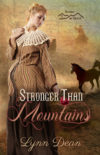
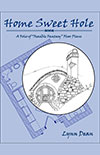

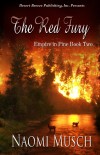
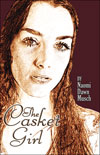
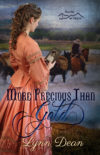
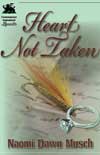

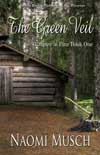

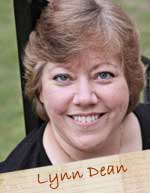





Speak Your Mind
You must be logged in to post a comment.